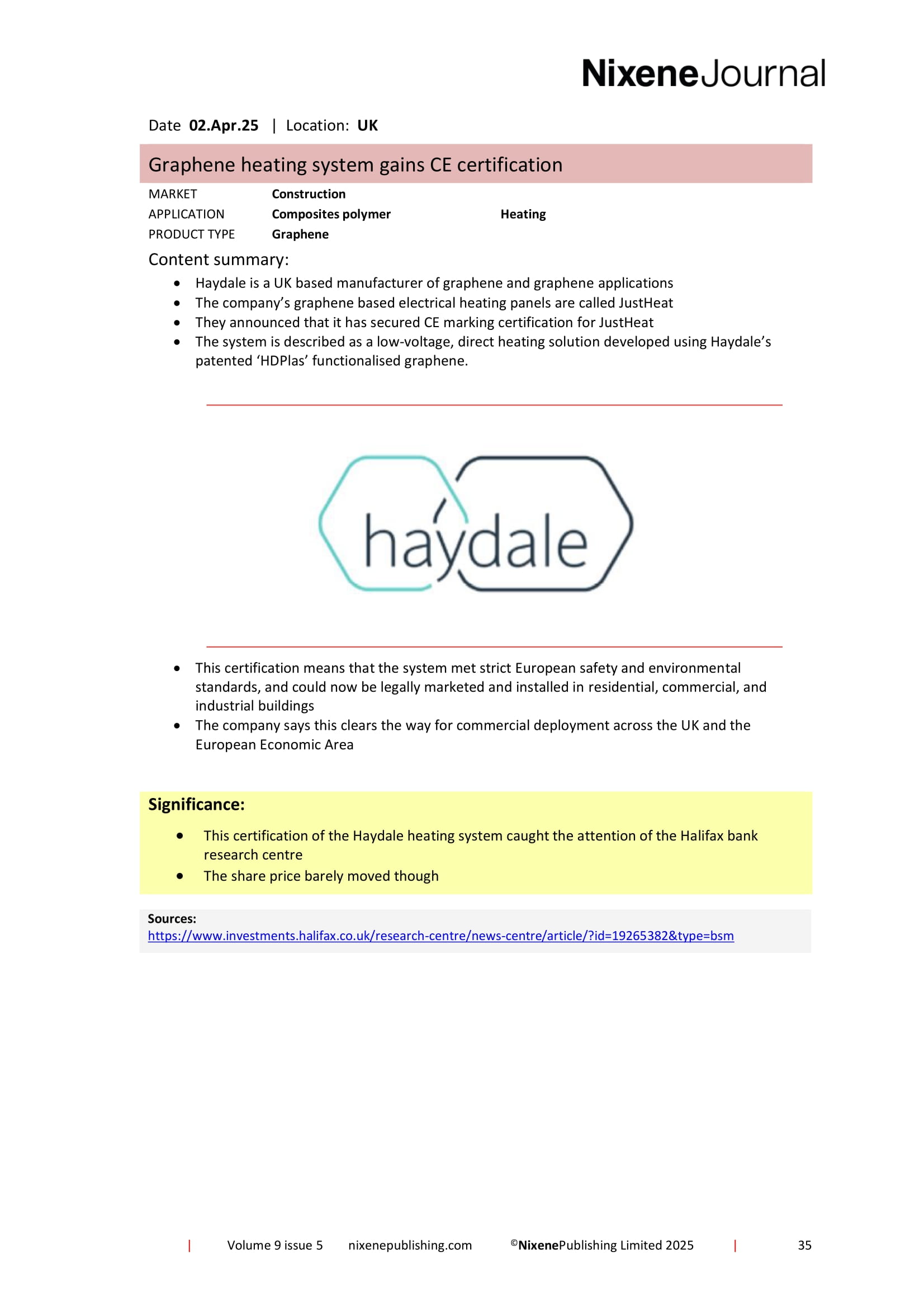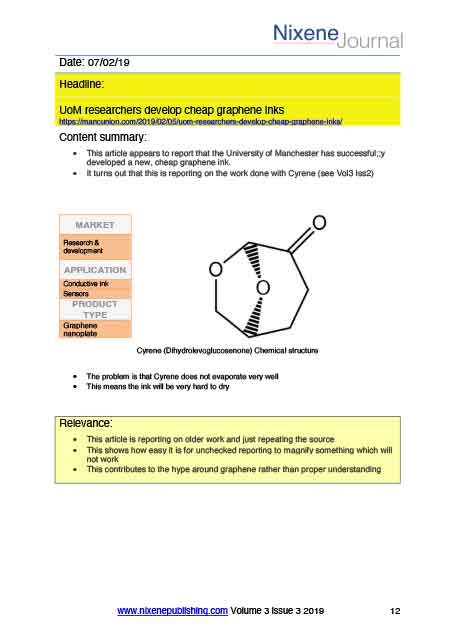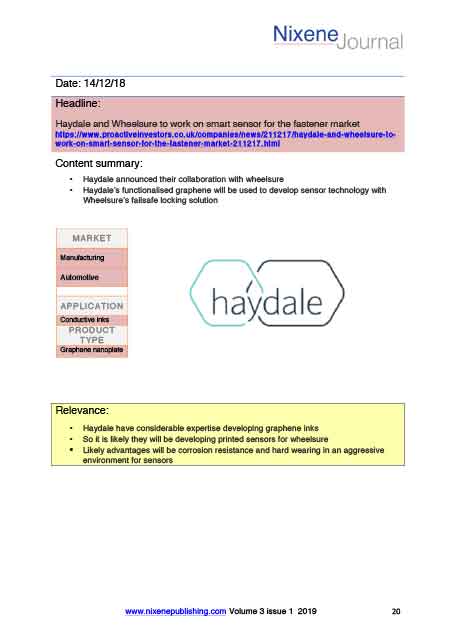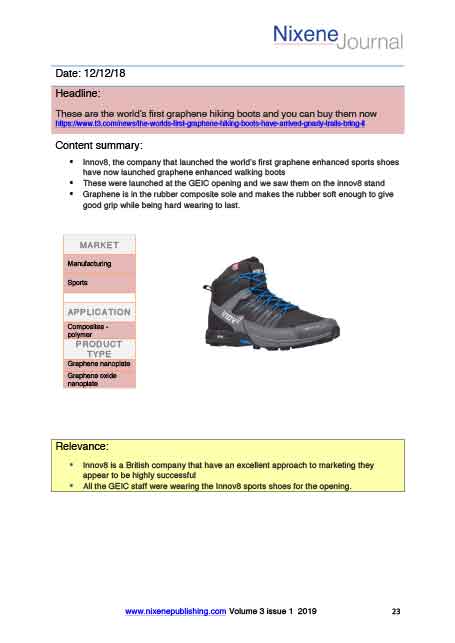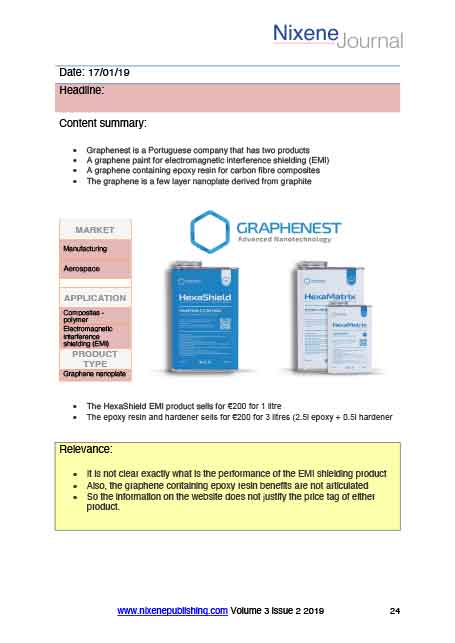This product is relevant to the following:
Material:
Other:
Warning: Attempt to read property "name" on array in /var/www/vhosts/nixenepublishing.com/httpdocs/wp-content/themes/pivotaltheme5.2/woocommerce/content-single-product.php on line 77
,
Warning: Attempt to read property "name" on array in /var/www/vhosts/nixenepublishing.com/httpdocs/wp-content/themes/pivotaltheme5.2/woocommerce/content-single-product.php on line 77
,

